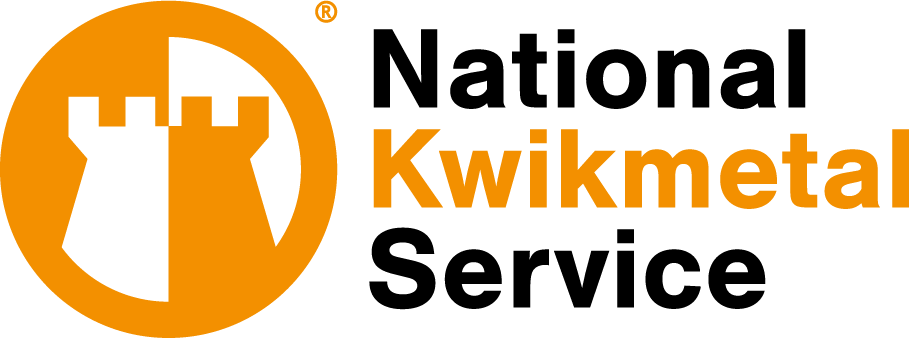
Type 301 Stainless Steel is an austenitic chromium-nickel stainless steel that provides high strength and good ductility when cold worked. The chromium and nickel contents are lowered to increase the cold work-hardening rate. This generates higher tensile strengths when cold rolled with a lower loss of ductility than with Types 302 and 304. The grade is essentially non-magnetic when annealed. When cold worked, it becomes slightly more magnetic than other standard austenitic stainless steels. NKS is your stainless steel distributor for 301 Stainless Steel.
Typical uses include springs, structural parts, trailer bodies, diaphragms, utensils, architectural and automotive trim, hose clamps, wheel covers, roofing products, kitchen utensils
| Element | Type |
| Carbon | 0.15 max. |
| Manganese | 2.00 max. |
| Sulfur | 0.030 max. |
| Phosphorus | 0.045 max. |
| Silicon | 0.75 max. |
| Chromium | 16.00 – 18.00 |
| Nickel | 6.00 – 8.00 |
| Nitrogen | 0.10 max. |
| Type | Yield Strength 0.2% offset (KSI) | Tensile Strength (KSI) | % Elongation (2″ Gauge length) |
| 301 Ann (typical) | 40 | 110 min. | 60 |
| 301 ¼ Hard | 75 min. | 125 min. | 25 min. |
| 301 ½ Hard | 110 min. | 150 min. | 18 min. |
| 301 ¾ Hard | 135 min. | 175 min. | 12 min. |
| 301 Full Hard | 145 min. | 185 min. | 8 min |
| Density (lb./ in^2) @ RT | 0.285 | |
| Modulus of Elasticity in Tension (psi x 10^6) | 28.0 | |
| Specific Heat (BTU/o F/lb.) | 32 to 212 F | 0.12 |
| Thermal Conductivity (BTU/hr/ft^2/ft) | 212 F | 9.4 |
| 932 F | 12.4 | |
| Mean Coefficient of Thermal Expansion (in. x 10^-6 per o F) | 32 to 212 | 9.4 |
| 32 to 600 | 9.9 | |
| 32 to 1,000 F | 10.2 | |
| 32 to 1,200 F | 10.4 | |
| Electrical Resistivity (micro ohms – cm) | at 70 F | 27.4 |
| Melting Point Range (oF) | 2550 – 2590 | |
| Oxidation Resistance – Continuous Service(oF) | 1600 | |
| Oxidation Resistance – Intermittent Service(oF) | 1450 |
Type 301 is non-hardenable by heat treatment. Annealing: Heat to 1900 – 2050°F (1038 – 1121°C), then water quench. Stress Relief Annealing: Heat to 500 – 900°F (260 – 482°C), then air cool.
Type 301 can be formed and drawn. Due to its high work-hardening rate, intermediate annealing may be necessary for severe drawing and forming operations.
301 has similar weldability to the most common 18-8 stainless alloys. The major difference is the high C content of this alloy, which causes the weld heat affected-zones to be susceptible to accelerated corrosion in certain environments. When filler is needed, AWS E/ER 308 is most often specified.
Type 301 exhibits corrosion resistance comparable to Types 302 and 304 in the mild service conditions. Resistance to atmospheric corrosion, food, juices and road de-icing salt is excellent. The best corrosion resistance is obtained in the annealed condition.
Phone: 847-257-6570
Phone: +52.811.6363844
Phone: 615-793-4700